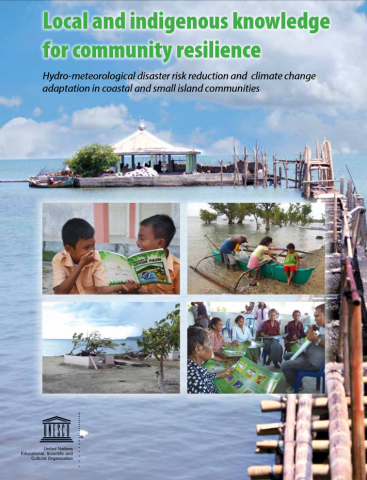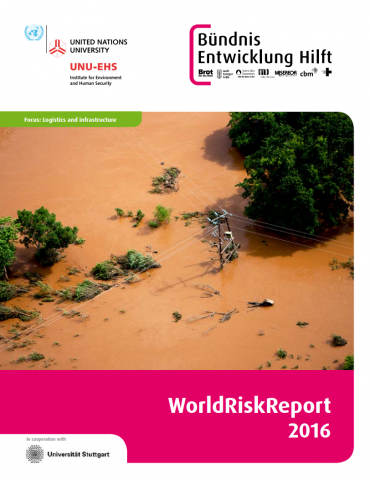Turkey: Addressing private risks – the Turkey Catastrophe Insurance Pool (TCIP)
The TCIP is an insurance pool which seeks to provide affordable insurance to homeowners, especially those in urban residential areas, and to reduce the fiscal exposure of the Turkish government by accumulating funds for future disasters, sharing portions of risk within the country, and transferring other portions of the risk to international reinsurance and capital markets. The scheme is modelled on the California Earthquake Authority and the New Zealand Earthquake Commission, although adapted to local circumstances. Proof of participation in the scheme is compulsory for land registry transactions such as when houses are sold; however additional intended sanctions and incentives have not yet been implemented (in part due to the enabling law’s status as a decree law rather than a parliamentary law which would have the possibility of sanctions for non-compliance).
The TCIP started offering policies in September 2000. At that time, the Turkish government also changed sections of its disaster law to remove the government’s commitment to provide post-disaster reconstruction assistance for housing lost to natural disasters, thus putting much of the responsibility back on homeowners.
The TCIP is managed as a private insurance company under the strategic guidance of the Turkish Treasury and with a major input from private sector insurance companies that distribute TCIP’s insurance policies. During the first 5 years of the pool’s operations, the World Bank also provided a contingent credit layer that would have provided financial resources to the TCIP to meet claims if needed. Marketing and distribution of policies has been facilitated by a state-of-the-art Internet-based information system that has produced significant cost efficiencies in underwriting new policies. The policies are sold by private insurance companies who are paid a standard commission.
As of July 2008, TCIP covered 2.8 million households, approximately 21% of the target market overall in Turkey and 31% in the Marmara region surrounding Istanbul. While efforts to keep costs low have made the insurance more affordable, uptake of policies in areas outside of Istanbul, Ankara, and the western coast has been hampered by lower awareness of risk and lower levels of household income.
TCIP website
http://www.dask.gov.tr


